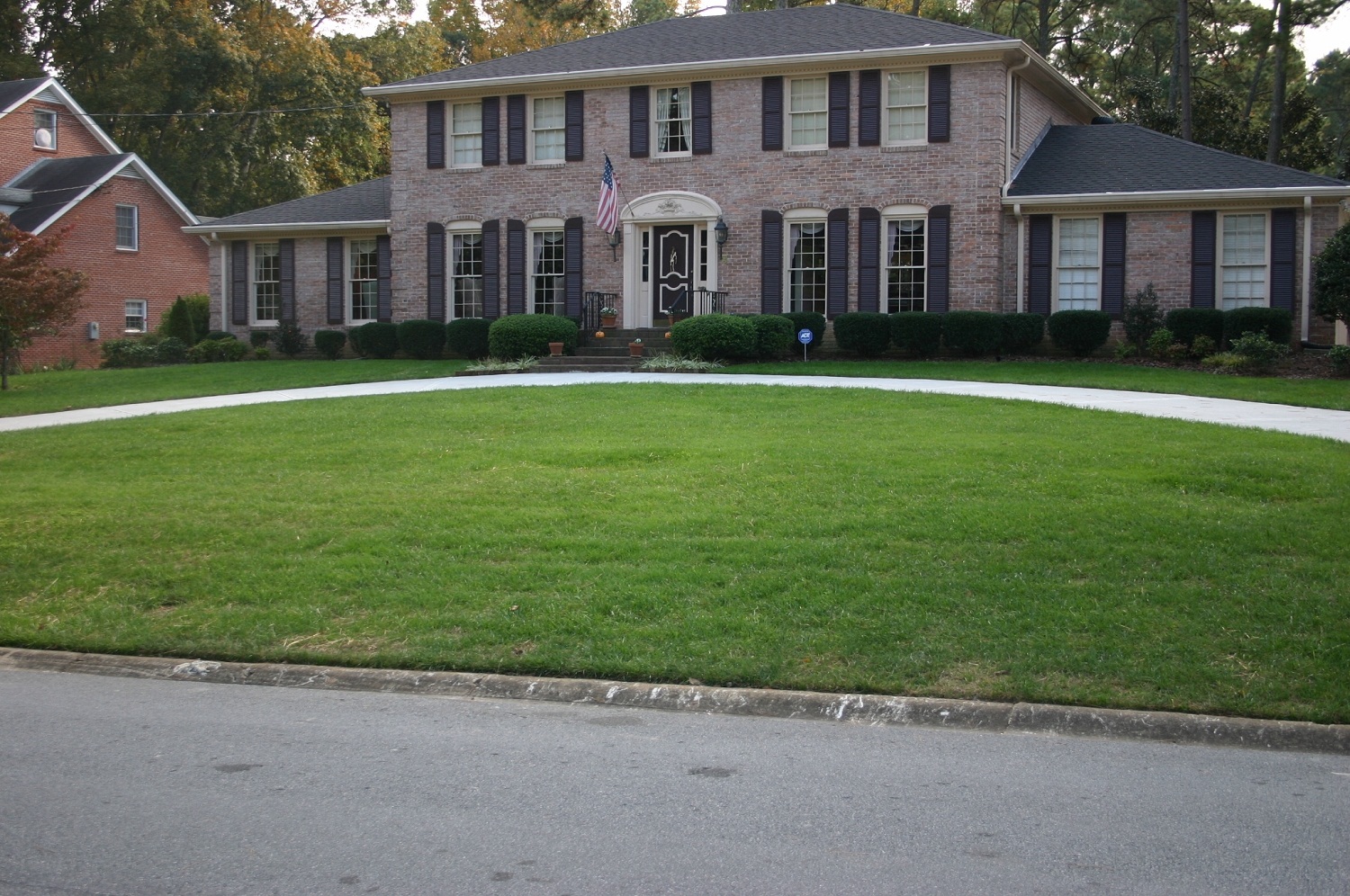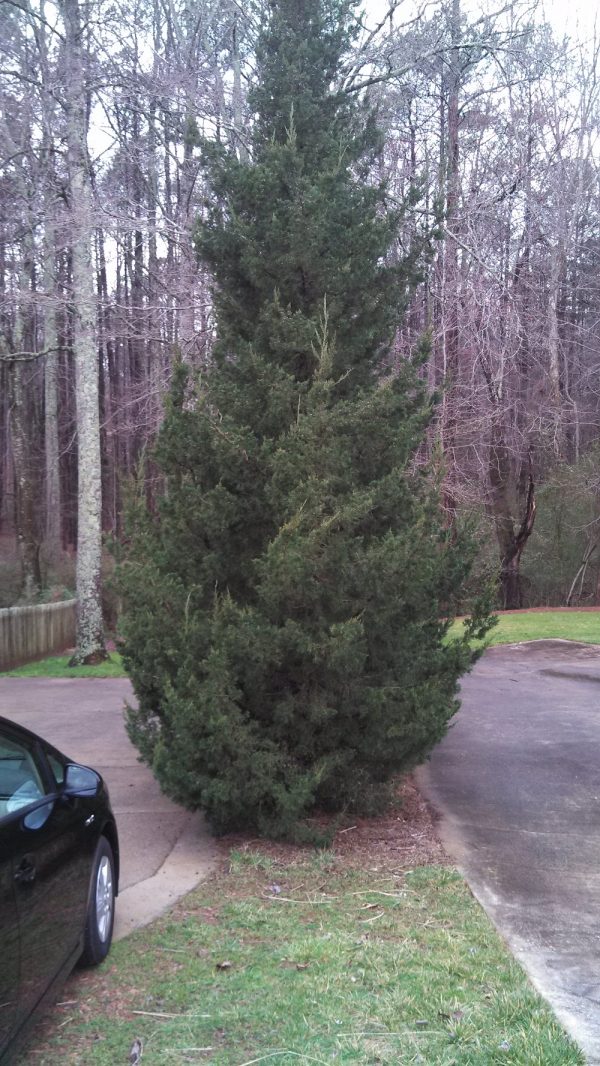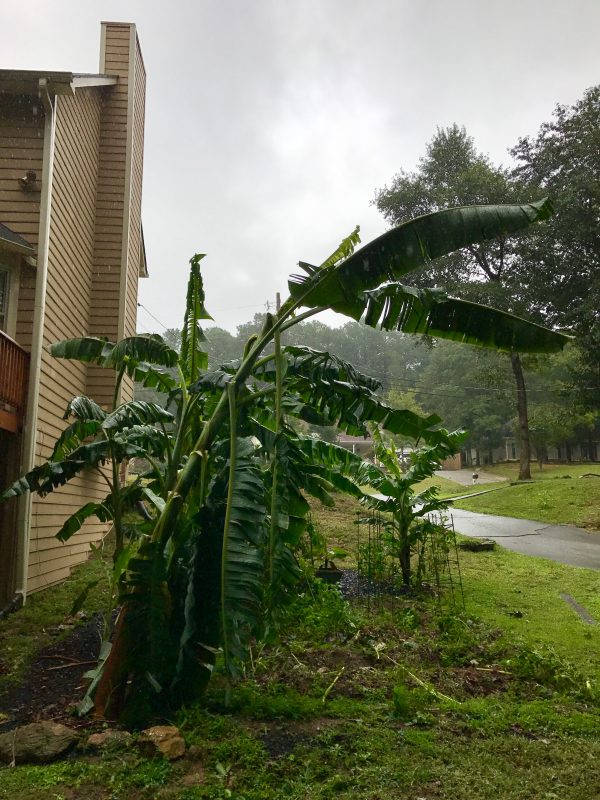Fescue – Seeding vs. Using a Pre-emergent

In a perfect world, science would discover chemicals that could tell the difference between a “weed” and the grass you desire. The product would give you a pristine lawn of a single grass species.
The garden world, however, is not perfect. Herbicides are somewhat selective but they are not “intelligent”. Many times a herbicide can’t tell the difference between a “weed” and your grass.
Such is the case with pre-emergents and fescue. A pre-emergent chemical will prevent germination of ANY seed – weed or turfgrass. If you intend to seed a lawn, you CAN NOT use a pre-emergent before you plant nor can one be applied for several weeks thereafter.
So what’s a gardener to do with a weedy, thinly growing fescue lawn?!
The best answer is to spend your time increasing the health and thickness of the fescue, so it can compete effectively with any weeds.
Another option is to plant fescue early in fall (Sept 1) and wait the label-specified time before applying a pre-emergent (click for sources). You won’t prevent ALL weeds but you will stop most of them. And if you continue in the same vein for several years, weed populations will decline drastically.
A spring planting schedule would mean planting fescue in early March, praying for warm weather so the seed sprout quickly, and applying a pre-emergent in late April. Again, not ALL but MOST weeds will be prevented.
Of course if the weeds are coming up from their roots, a pre-emergent will not prevent them in any season. You simply have to spot-spray the weeds with glyphosate (click for sources) or a broad-leaf weedkiller and plant a few fescue seeds in the spot once the weeds die.















